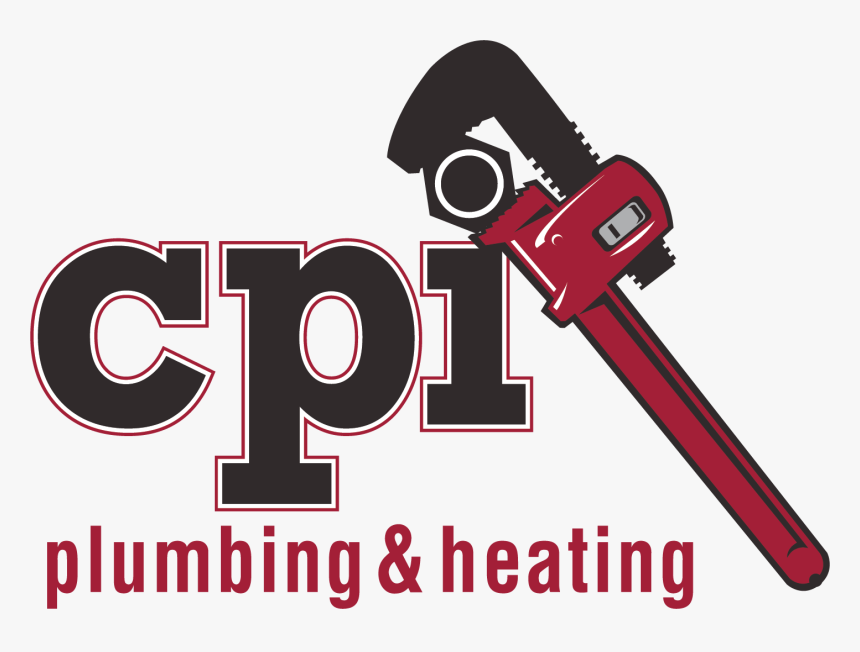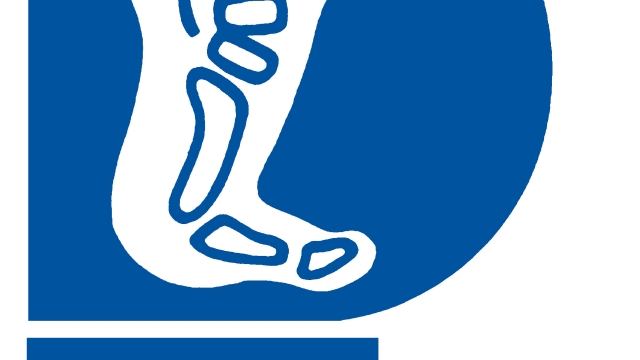Plumbing, the intricate network of pipes and fixtures that ensure the smooth flow of water and the disposal of waste, is often taken for granted in our daily lives. From the moment we turn on a faucet to wash our hands or flush a toilet, we rely on this hidden system to work flawlessly. However, whenever a leak springs or a drain clogs, we are abruptly reminded of the importance of understanding the fundamentals of plumbing.
A plumbing guide serves as a valuable resource for both homeowners and professionals alike. It equips individuals with the knowledge and skills necessary to tackle minor issues or even navigate the complexities of a large-scale plumbing project. Whether you are aiming to fix a dripping faucet, install a new water heater, or plan the layout for an entire bathroom renovation, having a solid grasp of plumbing principles is essential. So, let’s journey into the fascinating world of plumbing as we unravel its mysteries and explore the intricate systems that keep our homes running smoothly.
Understanding the Basics of Plumbing
Plumbing is a vital part of our daily lives, ensuring the smooth flow of water in and out of our homes. Whether you’re dealing with a leaky faucet or planning a bathroom renovation, having a basic understanding of plumbing can go a long way in saving you time and money. In this section, we will explore some key concepts and terminology that will serve as a foundation for your plumbing knowledge.
Firstly, let’s talk about water supply lines. These are the pipes responsible for bringing clean water into your home. They are usually connected to a main water source, such as a municipal water supply or a well. Water supply lines are typically made of materials like copper, PVC, or PEX, which are known for their durability and resistance to corrosion.
Next, we have the drainage system. This is the network of pipes that carries wastewater away from your sinks, toilets, and showers. When you use water in your home, it goes down the drain and into the drainage system. Gravity, along with the help of vent pipes, allows the wastewater to flow towards the main sewer line or septic tank.
Lastly, we should mention fixtures and appliances. These are the various devices in your home that require plumbing connections. Common examples include sinks, toilets, bathtubs, and water heaters. It is important to understand how these fixtures work and how they are connected to the plumbing system, as this knowledge can be handy when troubleshooting issues or performing maintenance.
Understanding these basic concepts will give you a solid foundation in plumbing. In the next sections, we’ll delve deeper into various aspects of plumbing, covering topics such as common plumbing problems and their solutions, as well as tips for DIY plumbing repairs. So, let’s dive in and unravel the mysteries of plumbing together!
Common Plumbing Issues and Solutions
Plumbing problems are not uncommon in households, and if left unaddressed, they can cause significant inconvenience and damage. In this section, we will explore some common plumbing issues and provide practical solutions to help you tackle them effectively.
Leaky Faucets: One of the most irritating and wasteful plumbing issues is a leaky faucet. The constant dripping not only annoys but also adds to your water bill. The primary cause of a leaky faucet is usually a worn-out washer or seal. To fix this, start by turning off the water supply to the faucet. Next, disassemble the faucet and locate the worn-out washer or seal that needs replacement. Once you have replaced the faulty part, reassemble the faucet, turn on the water supply, and voila! Your leaky faucet should be as good as new.
Find a plumberClogged Drains: Dealing with a clogged drain is a common household chore. Whether it’s a kitchen sink, bathroom drain, or shower drain, a clog can disrupt your daily routine. One effective solution is using a plunger. Start by creating a vacuum seal around the drain and then vigorously pump the plunger up and down. The pressure created should dislodge the clog and get the water flowing freely again. Additionally, preventive measures such as installing drain catchers can help in reducing the occurrence of clogs.
Running Toilets: A running toilet not only wastes water but can also be an annoyance. It is often caused by a faulty flapper valve or the need for readjustment of the fill valve. To fix a running toilet, start by inspecting the flapper valve. If it appears to be worn out or damaged, replace it with a new one. If the flapper valve seems fine, try adjusting the fill valve to ensure the water level doesn’t rise above the overflow pipe. This should help resolve the running toilet issue.
By being aware of these common plumbing issues and their solutions, you can save yourself from unnecessary stress and expenses. However, it is important to remember that some plumbing problems may require professional assistance, so don’t hesitate to consult a plumber when needed.
Stay tuned for the next section, where we will explore tips for maintaining a healthy plumbing system in your home.
Essential Tools for DIY Plumbing
To successfully tackle DIY plumbing projects, it is essential to have the right tools at your disposal. With the following tools in your arsenal, you’ll be well-prepared to handle common plumbing tasks and repairs.
Adjustable Wrench:
An adjustable wrench is a must-have tool for any DIY plumber. It allows you to tighten or loosen nuts and bolts of various sizes, making it versatile and essential for many plumbing jobs.Pipe Wrench:
When dealing with pipes, a pipe wrench is indispensable. Designed with serrated teeth, it provides a strong grip on pipes and fittings, enabling you to easily tighten or loosen them.Plunger:
A plunger is a basic but crucial tool for clearing clogged drains and toilets. With its rubber cup, it creates suction to dislodge blockages, helping to restore proper flow.Auger or Snake:
Sometimes, you may encounter stubborn clogs that a plunger can’t handle. In such cases, an auger or snake can come to the rescue. These tools allow you to reach deeper into pipes to break up or remove obstructions.Pipe Cutter:
For plumbing projects that involve cutting pipes, a pipe cutter is essential. It enables you to make precise and clean cuts, ensuring a proper fit when joining pipes together or replacing sections.Teflon Tape:
Teflon tape, also known as plumber’s tape, is a crucial tool for preventing leaks in threaded pipe connections. By wrapping the tape around the threads, it provides a watertight seal.Pliers:
A good pair of pliers proves handy for various plumbing tasks. They can be used for gripping, twisting, and tightening fittings, as well as holding small parts in place.Hacksaw:
A hacksaw is necessary when you need to cut through metal pipes or other tough materials. Its fine-toothed blade allows for precise cuts, making it reliable for many plumbing applications.
These essential tools form the foundation of any DIY plumber’s toolkit. By having them readily available, you’ll be equipped to tackle a wide range of plumbing projects, from basic repairs to more complex installations. Remember to use each tool safely and responsibly, and always follow proper plumbing procedures to ensure successful results.




